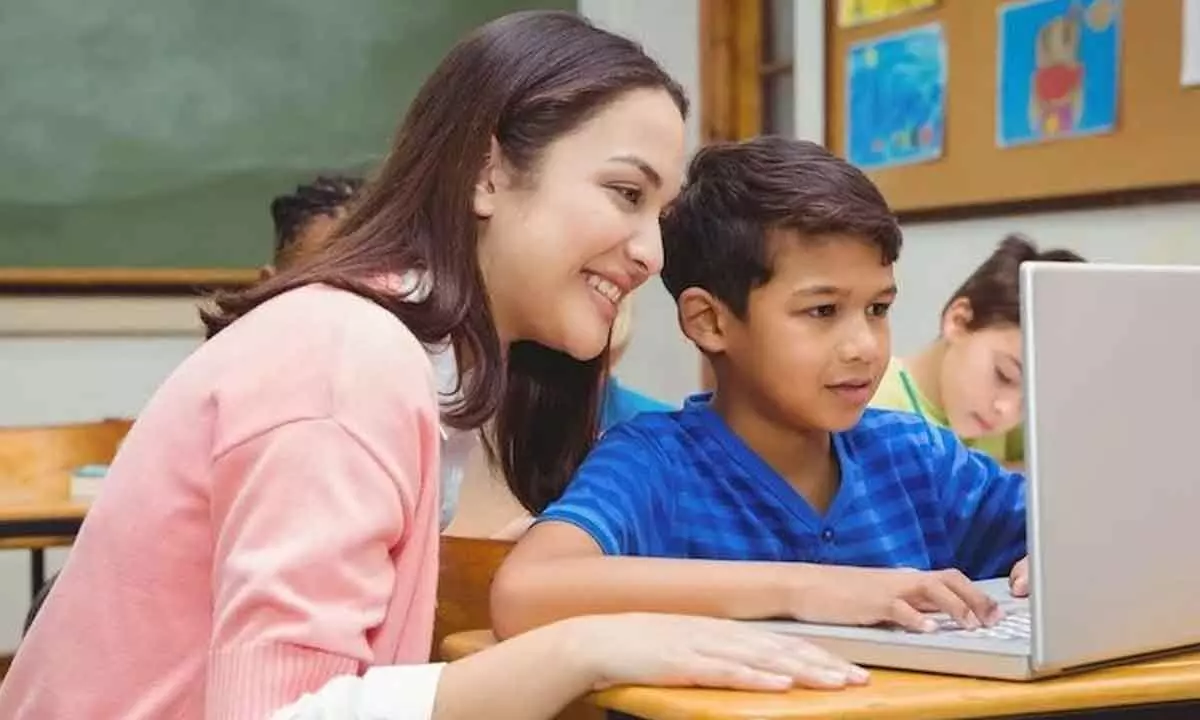
You walk into your classroom on Monday morning, coffee in hand, and you see it in their eyes. That familiar glazed-over look when you mention another PowerPoint presentation. Your heart sinks a little because you know you’re losing them before you’ve even begun. But what if you were told that Monday morning could look completely different?
Making Your Class An Adventure
Picture this: instead of telling your students about the Great Wall of China, you’re taking them there. No, you haven’t won the lottery for a class field trip to Beijing. You’ve got something even better. Through innovative teaching methods such as virtual reality headsets, you can let your students walk along those ancient stones, feeling the wind and hearing the echoes of history.
Sarah, that quiet kid in the back row who never raises her hand, suddenly gasps as she peers over the wall’s edge. “Mrs. Johnson, I can actually see the mountains!” For the first time all semester, she’s fully engaged. That’s the magic you’re creating when you step outside your comfort zone.
Your students aren’t just learning about history anymore—they’re living it. And yes, the technology might feel intimidating at first. You might fumble with the settings or accidentally transport half your class to Mars instead of ancient Rome. But watching their faces light up? Totally worth the learning curve.
Meeting Each Student Where They Live
You know Marcus learns by moving around, while Emma needs to see everything written down in perfect color-coded notes. Then there’s Alex, who gets concepts immediately but loses interest just as fast. In the old days, you’d teach to the middle and hope for the best. Now? You’ve got superpowers.
Adaptive learning software watches how each student learns and adjusts automatically. When Marcus struggles with fractions, the program gives him virtual manipulatives to move around. Emma gets her visual charts and diagrams. Alex gets challenging extension problems that keep him on his toes. You’re not working three times as hard—you’re working three times smarter.
Your Students’ Global Pen Pals
Last month, your third-graders started a project with a class in Kenya about water conservation. Through video calls, shared documents, and collaborative presentations, they’re not just learning about different cultures—they’re building friendships across continents.
Little Jessica came up to you after class and said, “Ms. Rodriguez, did you know that Amara walks two miles to get water every day?” Her eyes were wide with wonder and newfound understanding. You realized you’d taught her more about global citizenship in one project than a textbook ever could.
Your classroom walls have expanded to include the entire world. How amazing is that?
Assessment That Actually Makes Sense
Pop quizzes used to terrify your students and stress you out. Now, you use quick digital check-ins that feel more like games. Your students don’t even realize they’re being assessed—they’re just having fun while you gather valuable data about their understanding.
- Real-time polls show you instantly who’s getting it
- Digital exit tickets reveal misconceptions before they stick
- Student-created videos demonstrate understanding in ways that amaze you
The Magic You’re Creating Every Day
You’re not just teaching anymore—you’re inspiring. You’re not just covering curriculum—you’re uncovering potential. Every innovative method you try plants seeds of curiosity that will grow long after your students leave your classroom.
This is your moment. This is your chance to be the teacher you always dreamed of being. Your students are counting on you to show them that learning can be exciting, relevant, and transformative.

